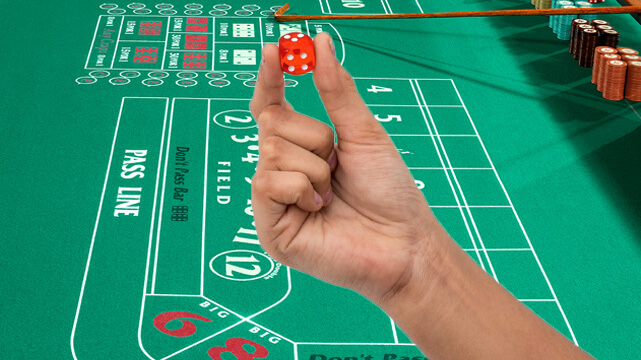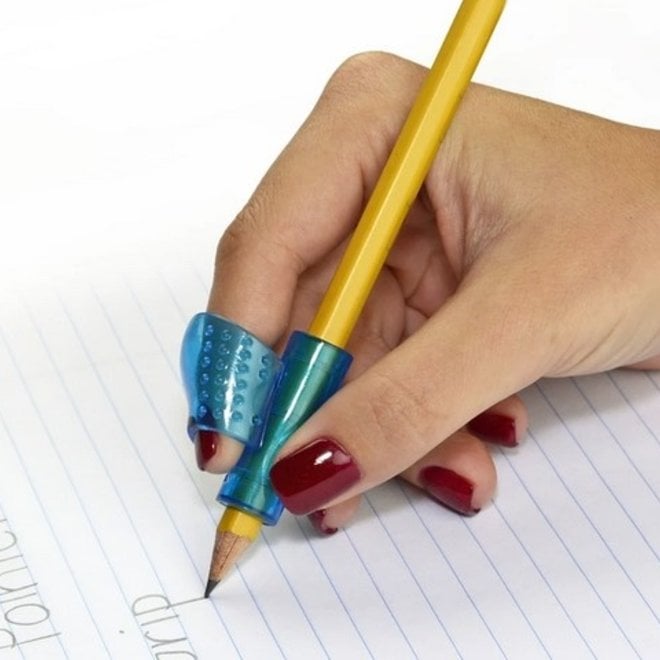Later, Wong wrote a guide about dice control (Wong on Dice). (Wong’s publishing a guide on chop control was obviously an endorsement by him that the dice get a grip on strategy works.) (Previous to Wong’s guide, my partner and I printed a book on chop control compiled by Frank and Dom. It had been called Golden Feel Craps Revolution. With the Sharp Shooter Camera Mount your camera and lens effectively handles like a proper rifle for quick and accurate response to rapidly changing photo opportunities. Most users can easily hand hold a 500mm f/4 lens (3kg, 6.6lbs) for extended periods, some can even hand hold 600mm f/4 and 800mm f/5.6 (6kg, 12.5lb) lenses with stability for. I Am a Dice Controller Inside the World of Advantage Play Craps! The only way to beat the casinos at craps! Frank Scoblete reveals his secrets and takes you step-by-step through his dice control techniques: sets, stance, grip, throw, arc, backspin, landing, proper betting and the 5-Count.
This serves several purposes:
1) Minimal contact area making it easier to release;
2) Ability to 'pinpoint' my fulcrum line, about which the dice will rotate off when they do release.

 3) I can create that very 'Sharpshooter tight' formation that you see when the dice are airborne and in slow-mo on the videos;
3) I can create that very 'Sharpshooter tight' formation that you see when the dice are airborne and in slow-mo on the videos; 4) I can also more finely tune my revolutions for any throw;

5) I can more keenly 'feel' the dice coming off my hand and any slight variation in release is amplified.
So you can see there are multiple benefits to gripping this way - if you are able to effectively do so. The Three-Fingered Front can be tough to learn and this is a further extension from that.
There are three things to check for when you initially grip the dice:
1. Dice do not splay apart (opening up in front by yawing away from each other and rotating about the thumb).
2. Your three fingers are properly centered laterally, or side-to-side. If they are centered, then you will not be favoring one die over the other. The more contact area on one die, the more clamping pressure and frictional forces to overcome. This causes that die to lag or come out in a lower trajectory, or a combination of both.
3. Your three fingertips, or contact pads (depending on whether you are a 'tip gripper' like I am, or a 'pad gripper' like mostly everyone else) should be parallel with the dice bottoms and table bed. Your fingertips act like a fulcrum as the dice pivot about them upon release. Everything is setup in a side-by-side relationship, so it is important that your fingertips are gripping in the upper half dice faces and are equidistant from the top edge.
Some additional points I would like you to consider in general are:

4. You should be minimizing contact area and pressure when gripping such that the dice just 'float' right out of your hand as you release them. This should occur without any additional arm acceleration or wrist snap; just a nice, constant fluid swing.
Sharpshooter Dice Control Proper Grips Set
5. Also, you must have just enough gripping contact so that the dice do not slide or shift in your hand before you intend to release them. They must remain flush across their faces and maintain their alignments.

Points 4 and 5 above seem to be conflicting, however you must balance them as delicately as possible to optimize dice-to-hand equilibrium and minimize drag release at the same time.
Sharpshooter Dice Control Proper Grips
Follow the above suggestions and your control of the dice should improve as should the number of times you roll during the point cycle.
Dice Control Grips And Releases
For more information, contact Sharpshooter at: Sharpshooter@Sharpshootercraps.com.